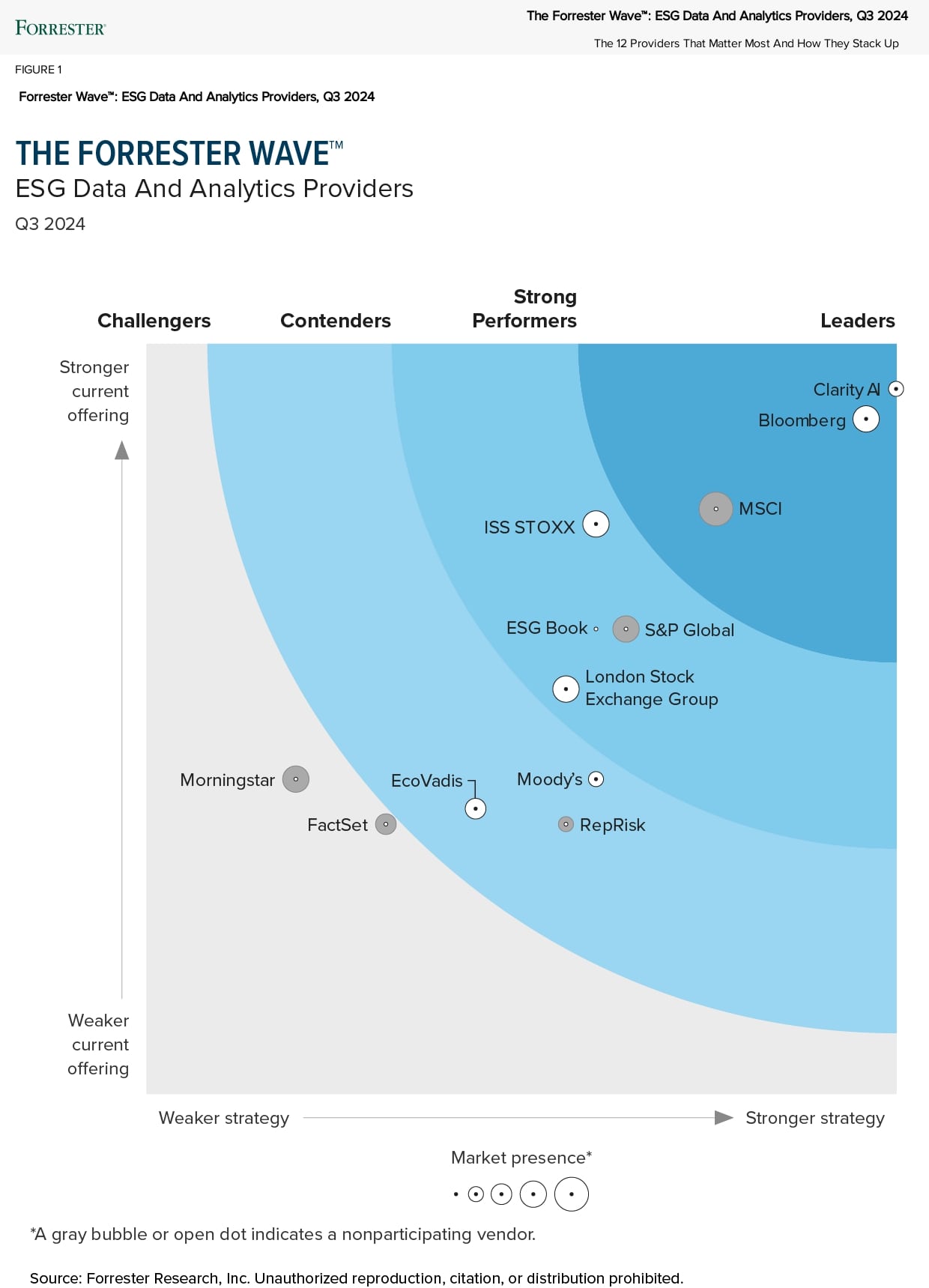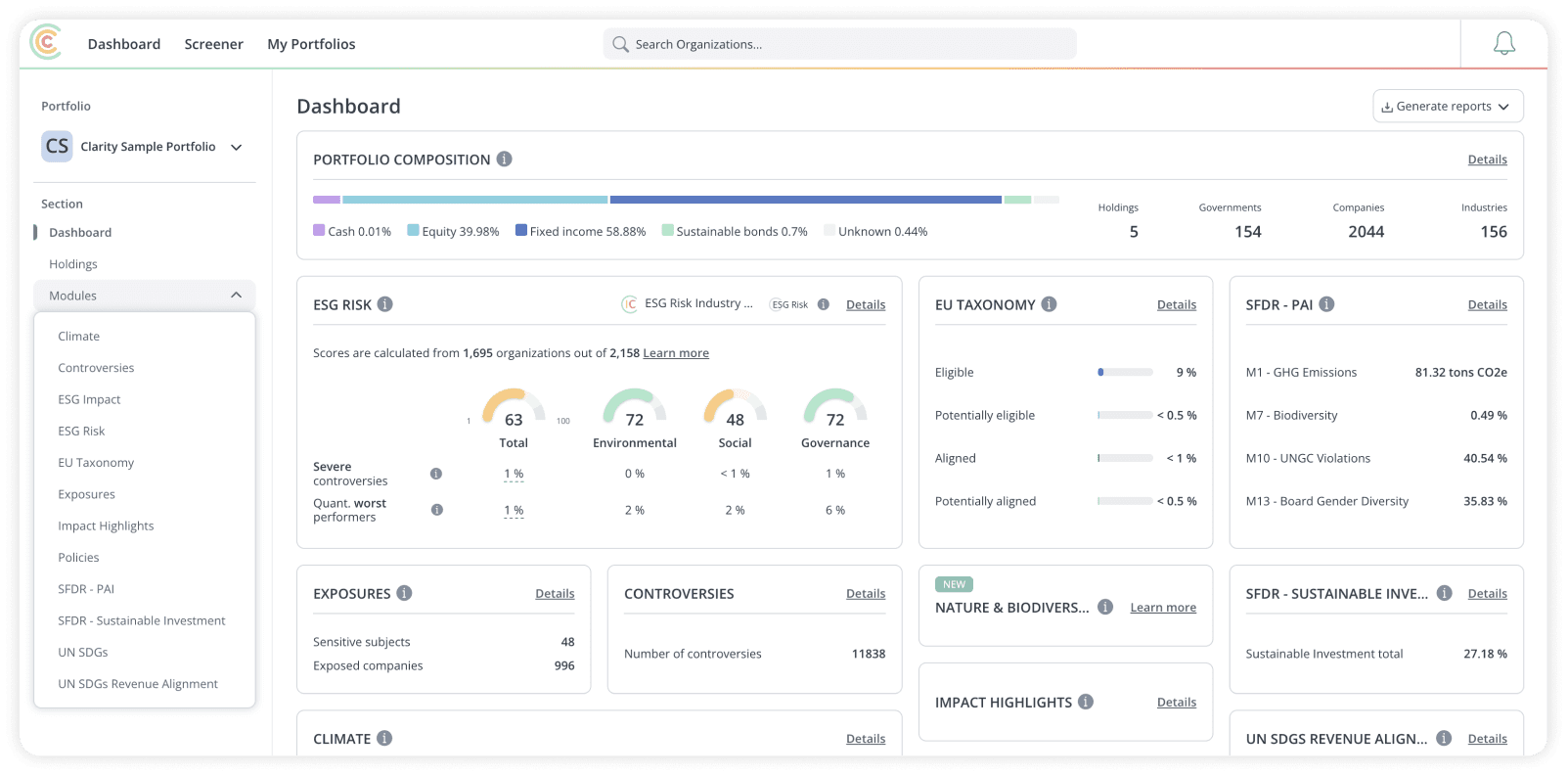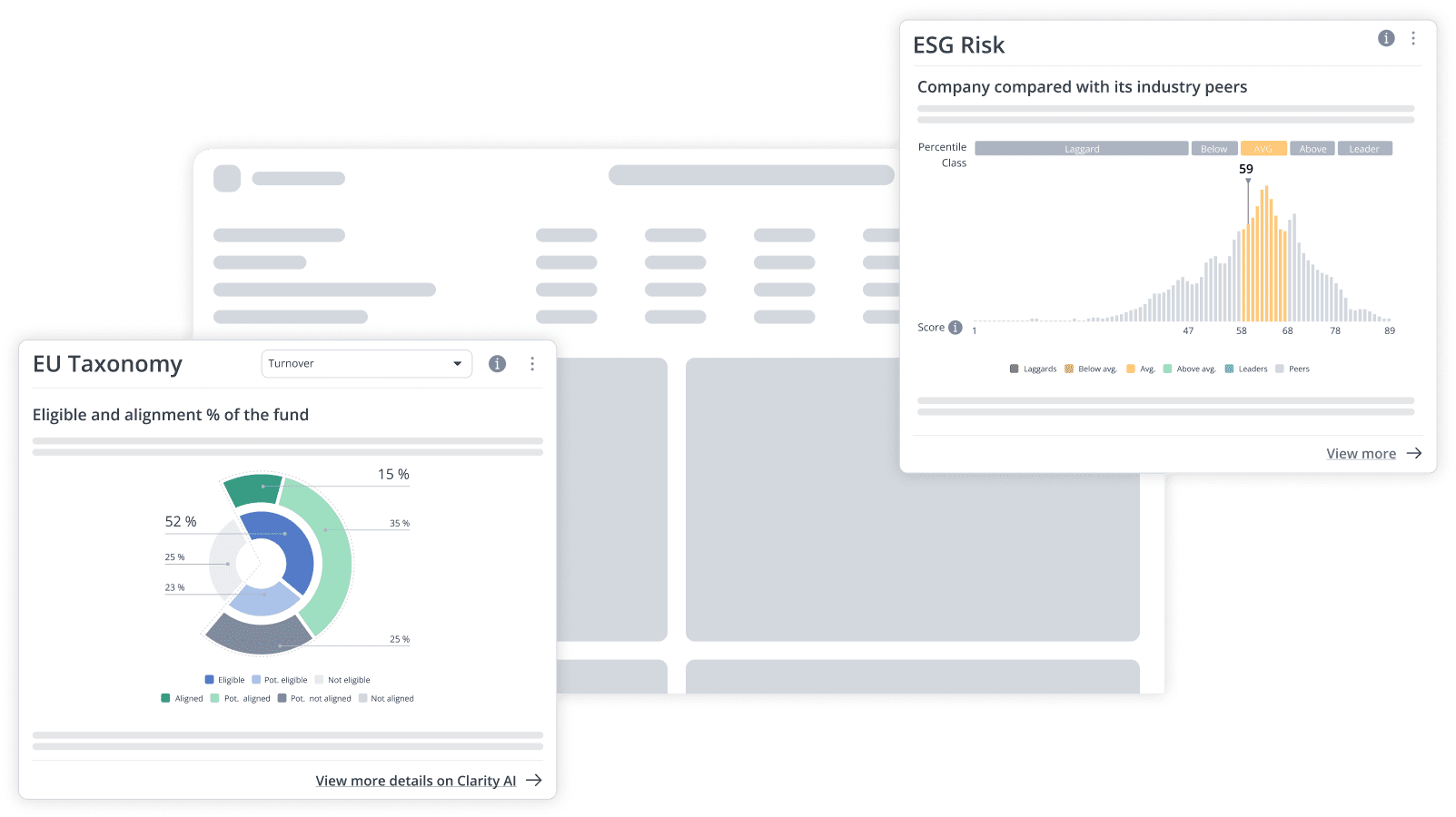Achieving environmental objectives will require coordination between official and market-based efforts
Professor Roberto Rigobon at MIT often depicts the sustainable investment industry as one that “hits the target while missing the point”. What he means is that sustainable investment relies too much on the integration of complex (biased) metrics and methodologies while losing sight of the big picture, e.g. what real world improvement it is contributing to. As climate change is, since 2015, the number one topic on the agenda, one can legitimately wonder if investors are heading in the right direction.
Looking at the growth of total AUM of PRI signatories, you could find that it seems surprisingly correlated with that of greenhouse gas emissions, and conclude that climate-conscious investment has been a road to nowhere. This would however also be missing the point. While investors are an easy target to blame for the ills of our society, there are limits to what they can be held accountable for. Governments are setting the laws, Citizens are electing them, Final beneficiaries have a say in investment strategies and consumers chose to buy or not a given product. The elephant in the room here is that the price is not right: only 22% of global greenhouse gas emissions are subject to a price signal, which moreover is on average far too low to provide real economic incentives. In this context, climate investment can only be a mere second order of magnitude solution.
This being said, there certainly are some aspects of climate investment that can relate to Professor Rigobon’s statement:
- Sovereigns bonds, the largest asset class, are excluded from the key climate investment frameworks: TCFD, PAB-CTB indices, and too few investors actively engage with governments despite their large share of sustainable bonds issuances.
- National indices broadly used as benchmarks rely on market cap weights exclusively and do not reflect any decarbonisation strategies that have been set by the corresponding governments.
- Climate integration still focuses on large public equities whereas they do not necessarily reflect the carbon performance of economies. Whereas the US economy is 70% more carbon intensive than the European one, the S&P 500 has a carbon intensity two third lower than the Euro Stoxx 600. Decarbonization strategies of US investors should therefore rather focus on small mid caps and real assets such as real estate and infrastructures
- Some metrics such as the ITR (Implied Temperature Rise) are broadly used without the necessary transparency about the key assumptions of the models underlying them and their margin of uncertainty.
- Last, some tools used to measure climate risk in stress testing such as Global Equilibrium models appear ill-suited to reflect potential environmental collapse (by design they cannot account for long lasting disruptions).
According to EcoFact’s policy outlook, more than 1000 sustainable finance/ESG regulatory developments occurred in 2021. An 250% increase over the previous five years. They were also complemented by market based initiatives, especially in the climate space. As a result, investors might rightfully feel swamped and confused. When it comes to net zero frameworks alone, no less than 25 private sector coalitions have been launched according to GANZ. The table below illustrates this proliferation while trying to provide some useful overview. It has been developed by the Institute of International Finance in a recent paper, calling for urgent coordination between official and market-based efforts.

There is good news though. As these different initiatives get to define concrete metrics and methodologies some alignment seems to emerge. This is the case for the two rival sustainability reporting standards : EU EFRAG-CSRD and ISSB that were thought antagonists, the former relying on double materiality, the second on financial materiality. As the two standard setters have released their draft for consultation, their approach to climate risk disclosure appears very much aligned around the core framework of the TCFD, which also structures the newly proposed SEC climate disclosure.
Investors have a strong natural interest for forward looking metrics. Assessment of transition plans and ability to reach net zero will therefore become a key component of climate conscious investment decisions. Standards developed by market practitioners will eventually be reflected in official regulation in that domain. This is certainly the most promising aspect of recent evolution, as the assessment of climate-related financial impact of different climate scenarios will probably remain a challenging area for some more years.
At Clarity AI we actively participate in the Net Zero Financial Service Provider coalition (NZFSP). While developing a new feature of our climate module focusing on net zero alignment, we decided to rely on the IIGCC net zero investment framework. It already gathers 2/3rd of Asset Managers. By the end of Q3 2022, our new service will be available and articulate the different dimensions of climate footprint, transition plans and measurement of targets alignment with net zero, both at issuer and portfolio levels.
Not everything is clear yet, and there still exists a real risk of market fragmentation driven by un-coordinated initiatives between jurisdictions. Streamlining seems however underway as powerful guiding principles guide concrete implementation. With the alignment in sight of corporate climate disclosure at scale and investment portfolio / loan book climate performance assessment, the case for capital allocation supporting a rapid transition to a low carbon economy is suddenly becoming much stronger.
Footnotes:
1. The divestment movement has been initiated by students protesting against the investment strategy of their University pension fund.
2. At least consumers with average and above earnings.
3. https://carbonpricingdashboard.worldbank.org/. Average price is 4$ per t CO2eq, when prices above $100 are deemed necessary.
4. Mainly because of the overwhelming weights of the FAANG
5. Integrity through Alignment: A 2022 Roadmap for Global Standards and Market-led Approaches in Sustainable Finance
6. E.g. impact on enterprise value




